
A recent report from the U.S. Department of Agriculture on the still-mysterious and, frankly, frightening phenomenon known as Colony-Collapse Disorder — the massive die-off of honeybees throughout the U.S. — has cast a worrying light on the health of our small, busy friends. After all, a world without bees, nature’s premier pollinators, would be a dreary, depleted place for us humans. (Not to mention for the bees.)
Here, LIFE.com celebrates the at-once humble and remarkable bee by transporting our readers back six decades, to a bustling bee market in the Netherlands. At the annual bee market at Veenendaal — “the biggest in Europe,” according to LIFE (August 1956) — beekeepers and prospective buyers of bees go through the ancient motions seen at markets the world over, for countless centuries: purchasers considering the wares, haggling over prices, considering the wares again … and eventually, a sale, with (relatively) happy faces all around.
As for the striking first image in this gallery, LIFE explained that beekeeper Gerrit Norssleman “wore the hood to protect his face and eyes from the swarms, had the pipe because its smoke calmed the bees and kept them at a safe distance. His hands, tougher than the sensitive area of his face, were bare so he could handle his bees dexterously without crushing them.”
If only the most dire peril facing bees today was the not-so-dexterous hands of their keepers! Something worth remembering the next time you bite into a peach, a strawberry, an apple, a pear — anything that grows with the quiet, restless, diligent help of the irreplaceable bee.

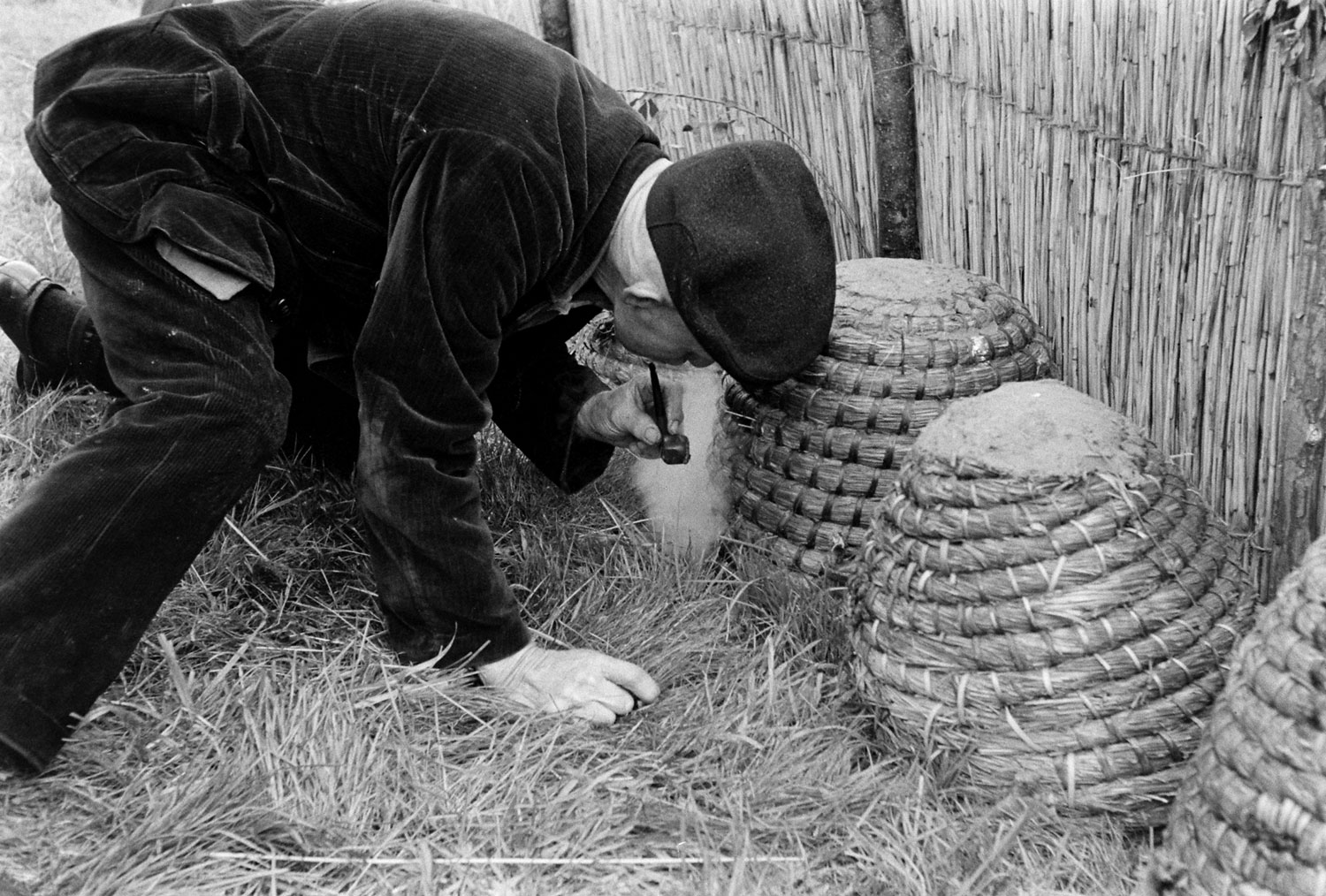

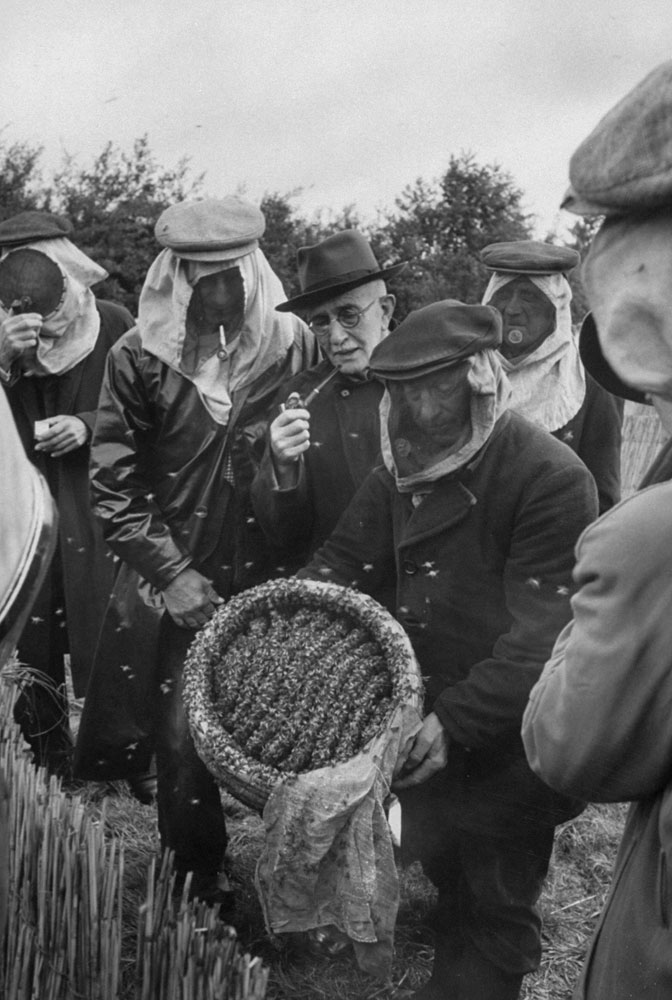

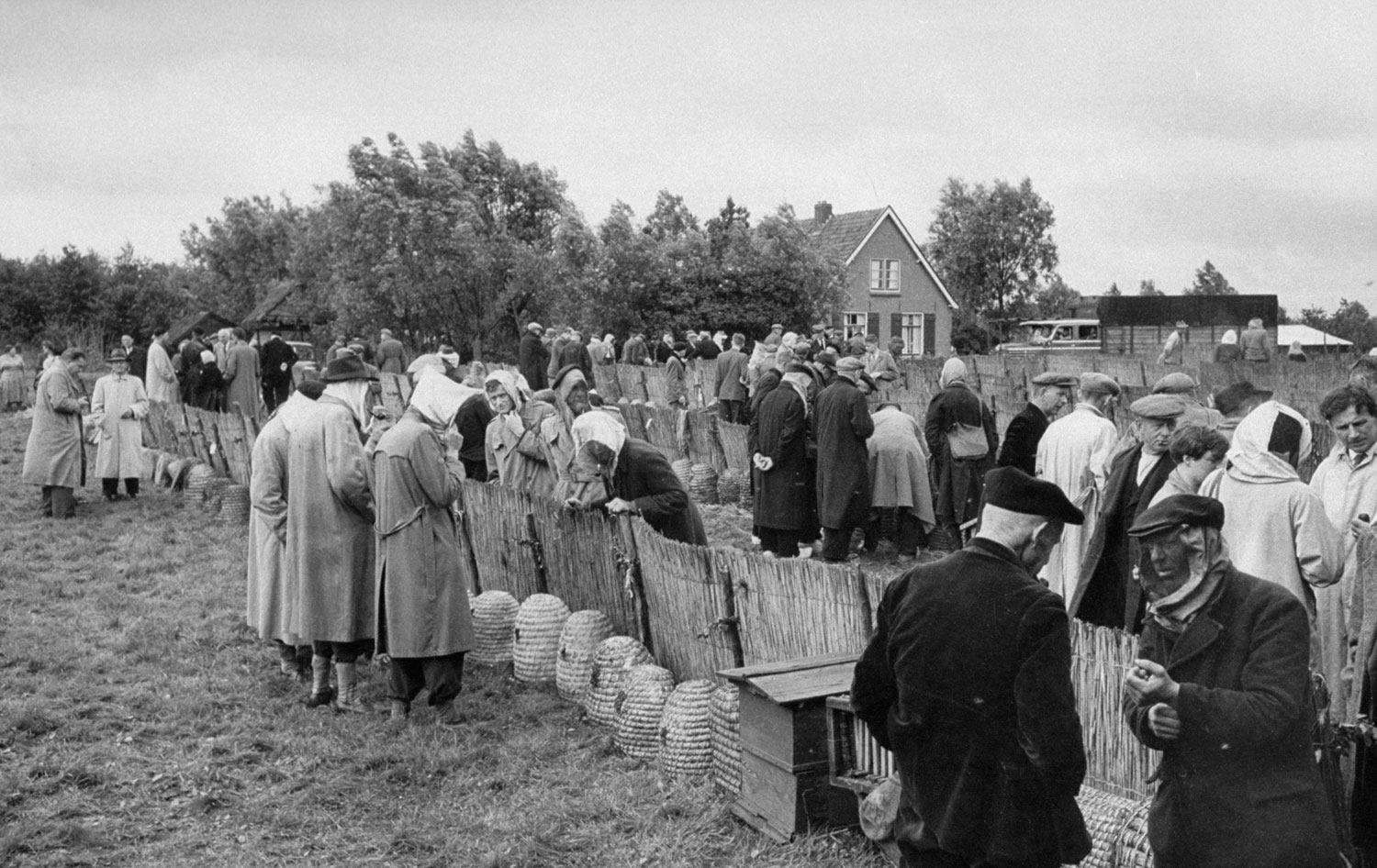



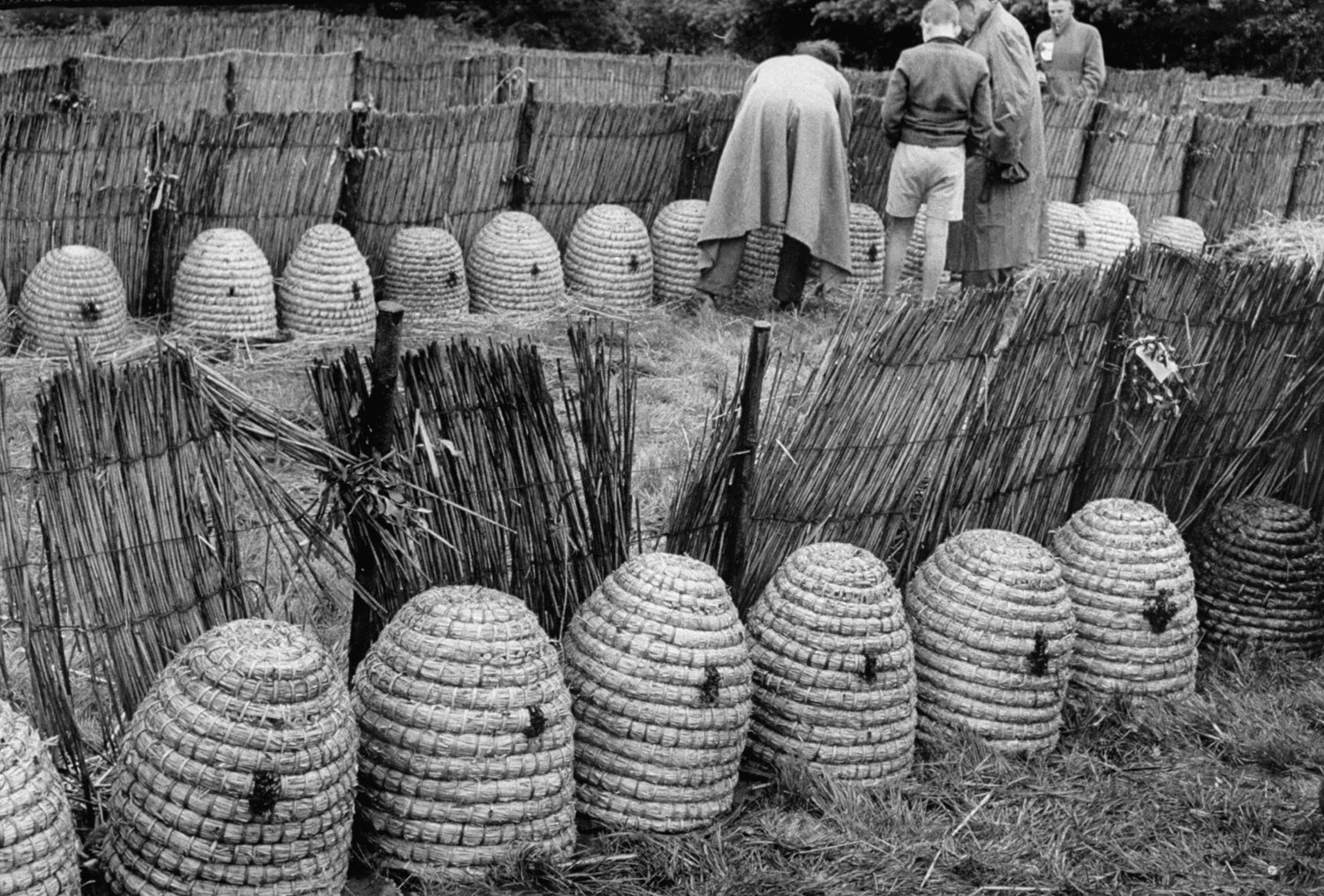
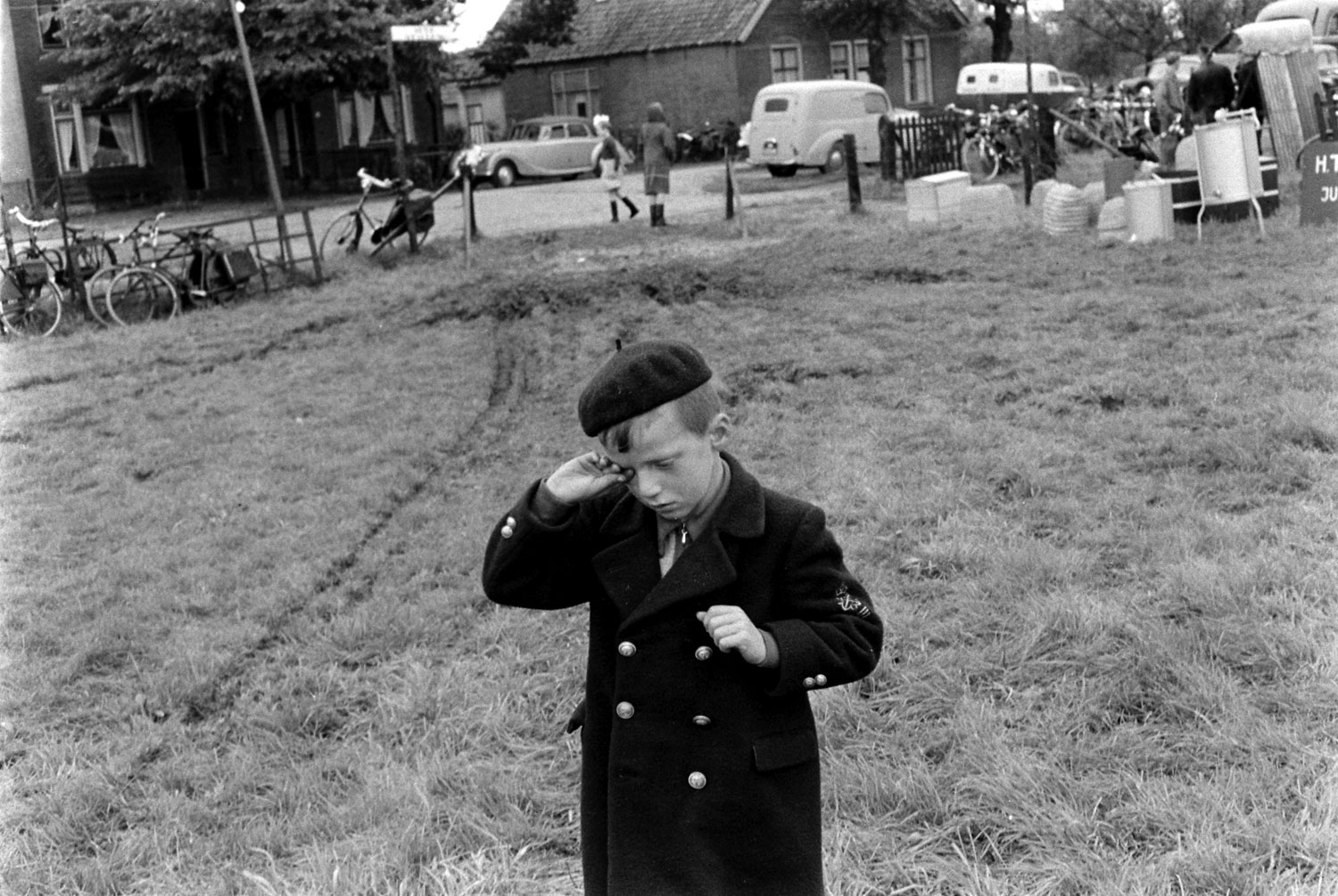
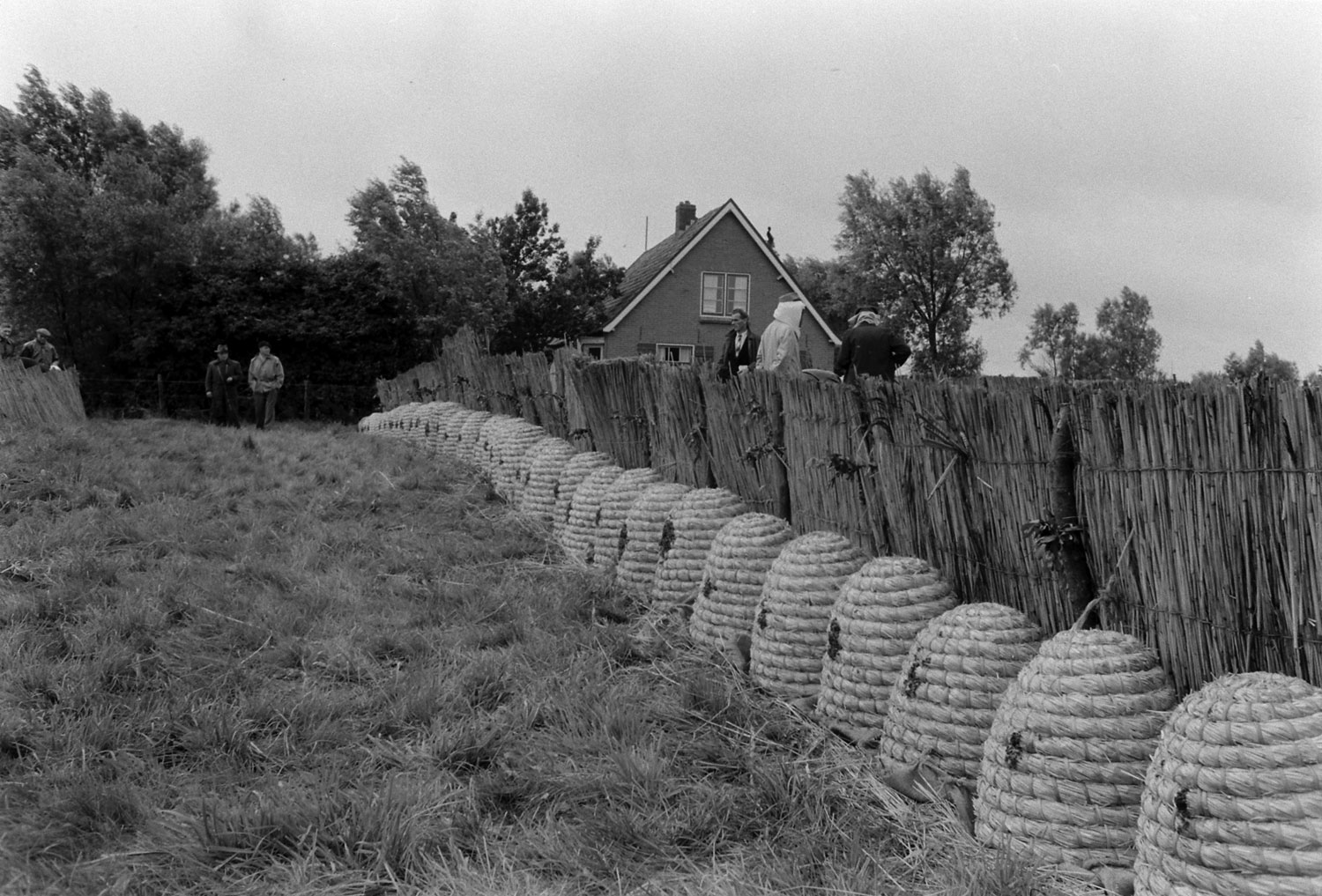
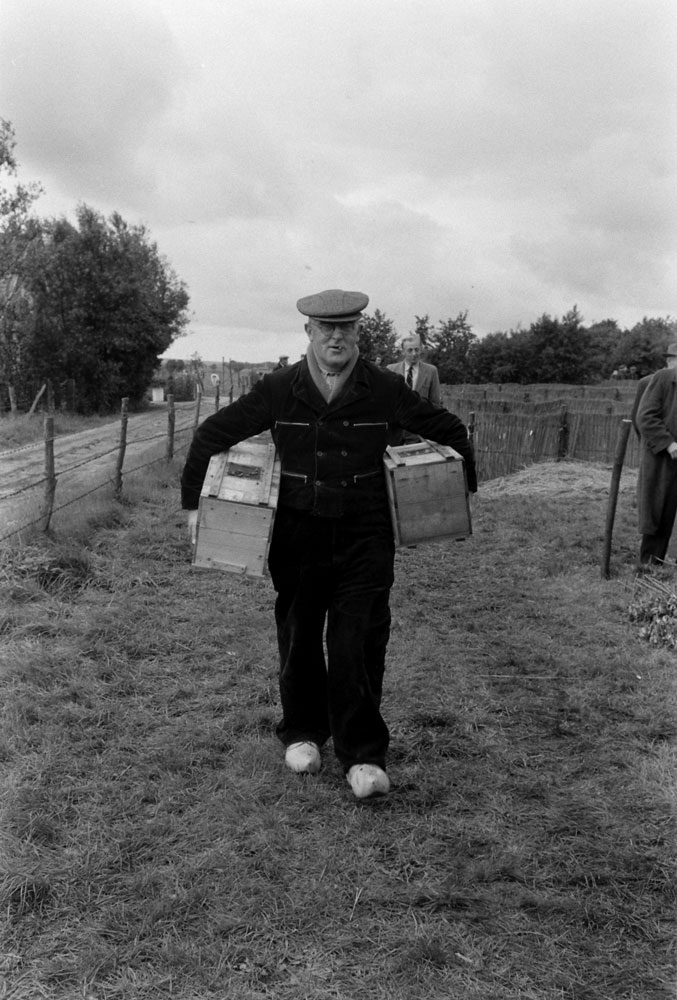
More Must-Reads From TIME
- The 100 Most Influential People of 2024
- The Revolution of Yulia Navalnaya
- 6 Compliments That Land Every Time
- What's the Deal With the Bitcoin Halving?
- If You're Dating Right Now , You're Brave: Column
- The AI That Could Heal a Divided Internet
- Fallout Is a Brilliant Model for the Future of Video Game Adaptations
- Want Weekly Recs on What to Watch, Read, and More? Sign Up for Worth Your Time
Contact us at letters@time.com